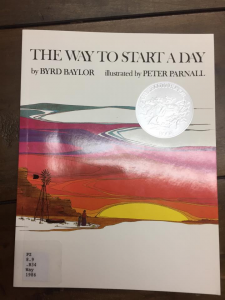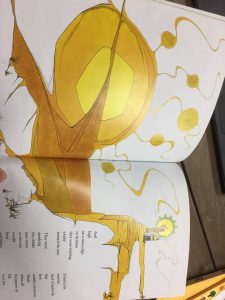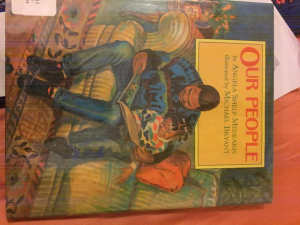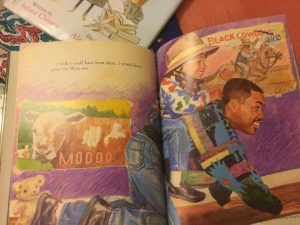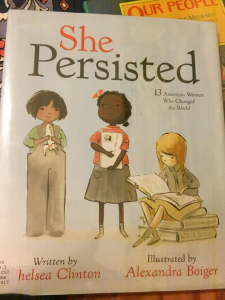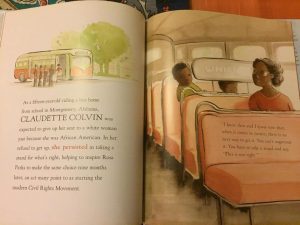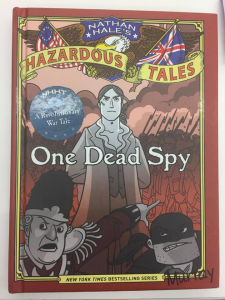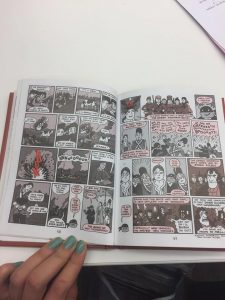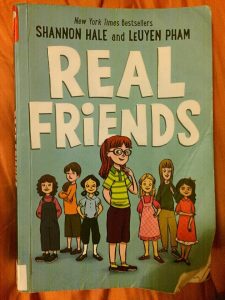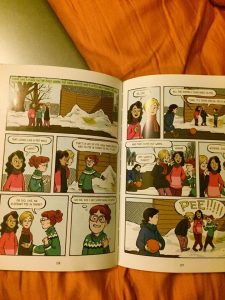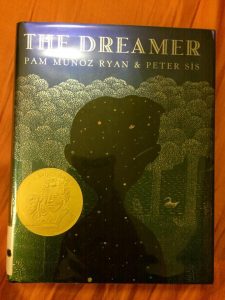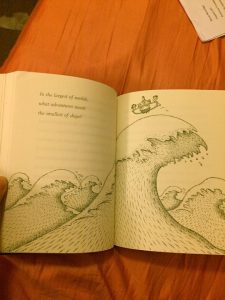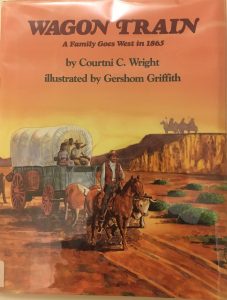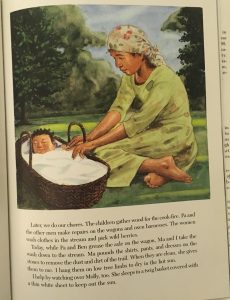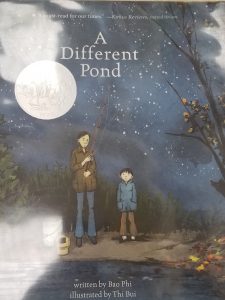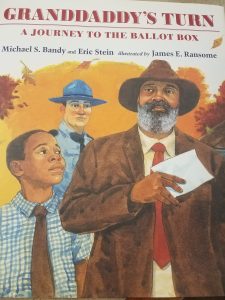Title: In the Time of the Drums
Author: Kim L. Siegelson
Illustrator: Brian Pinkney
Publisher and Year: Hyperion Books for Children 1999
Number of Pages: 30
Tags/Theme: Award Book, Culture, Family, Historical Fiction, K-5, Joe Marras
Genre: Fable
Descriptive Annotation: There is a older woman, Twi, and her grandson, Mentu, and they are on an island near the Teakettle Creek where ships often land to bring slaves to work on the islands plantations. Mentu was born on the island, but Twi was born in Africa and longs for her home. She teaches Mentu a lot of his culture and to respect and cherish his culture. One day a Spanish ship lands with Ibo people on it and they are singing for their home, and it rings hard with Twi and calls to her. It urges her to journey home, so she joins hands with the Ibo people and leads them into the Teakettle Creek and walk down and through the water towards their home. They soon disappear in the water and hopefully to their homes.
Classroom Application: This story is good for the class probably during Black History Month, but also any time of the year. This book can introduce slavery, but also teach about how important it is to hold on to culture and cherish and celebrate it and never let it go no matter how hard things get.
Linguistic and Cultural Diversity Analysis: This story is a Gullah tale that has been passed down orally for generations, so this story shows another culture and can introduce slavery to younger kids, and also African cultures, “Because then the old ways will try to grow weak inside of you. Don’t let ‘em! Takes a mighty strength not to forget who you are. Where you come from. To help others remember it, too.” Twi is telling Mentu that it is important to remember who he is and how important that is and to not forget it no matter how hard things get. I think this is an important lesson to remember and celebrate cultures.
“ “we are home! We are home!” the people drummed. But they were far from home.” This helps show that this book has a sad, but real and truthful tone. The author doesn’t dress anything about slavery up, and shows it in its true colors which I think makes the message so much stronger and real.

